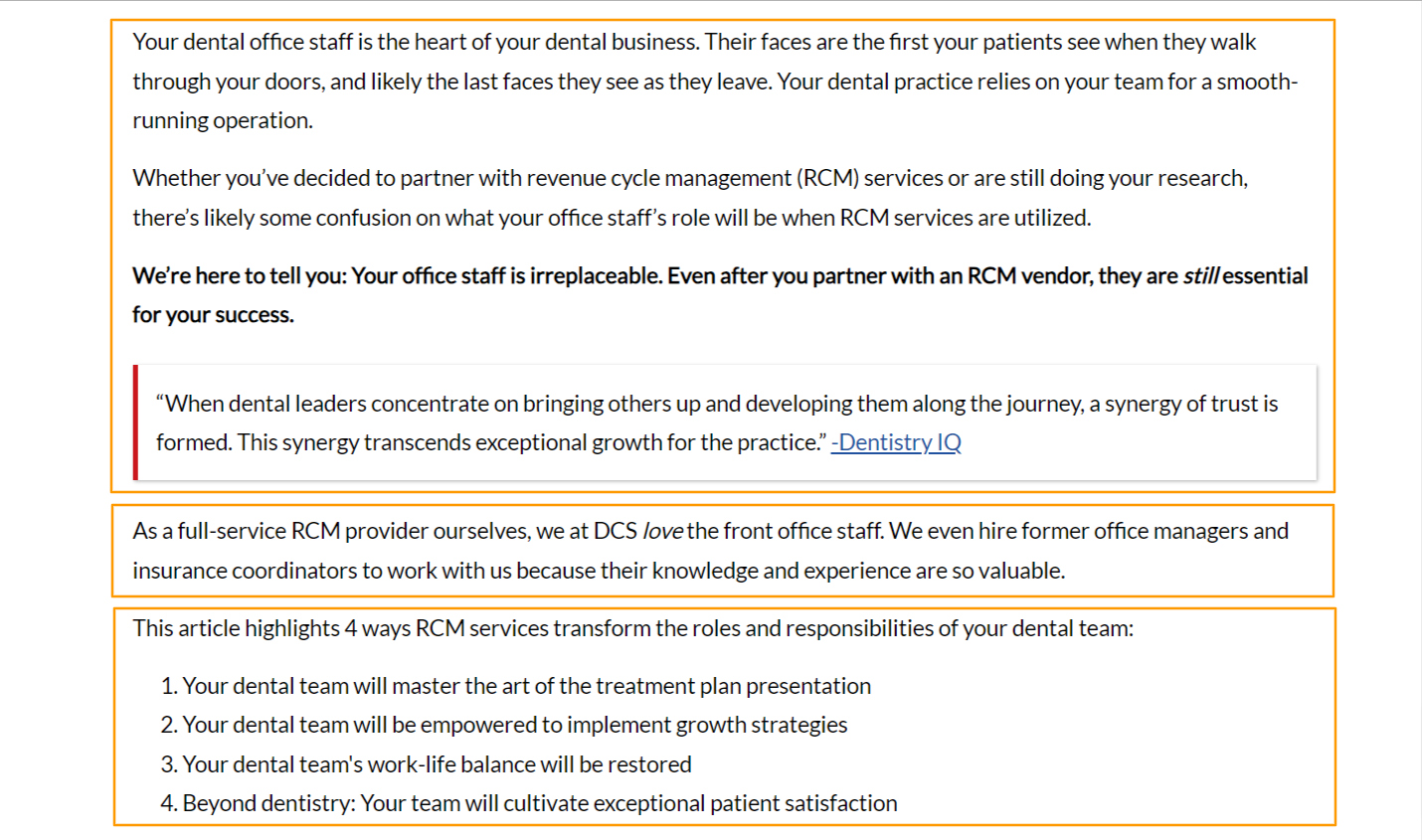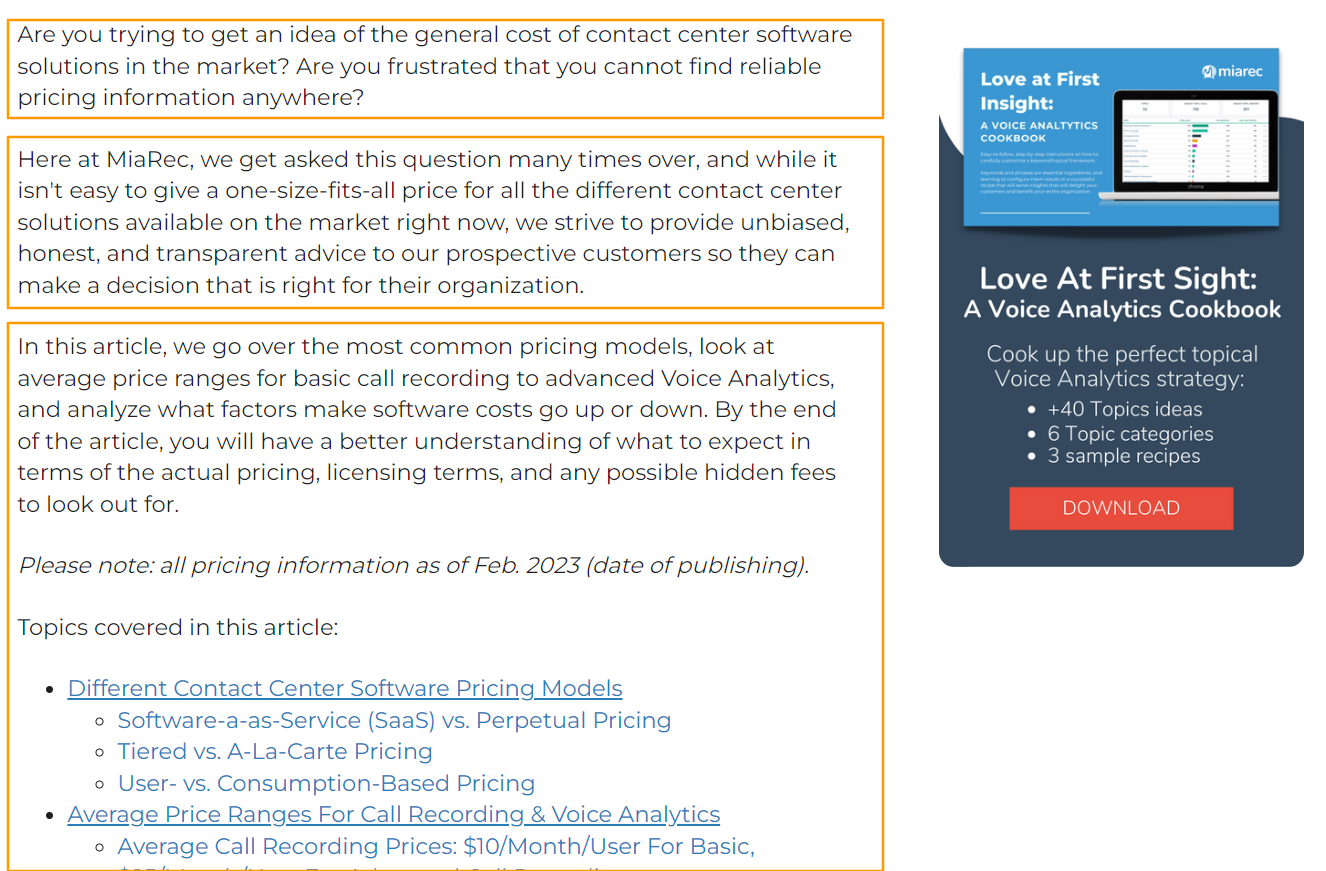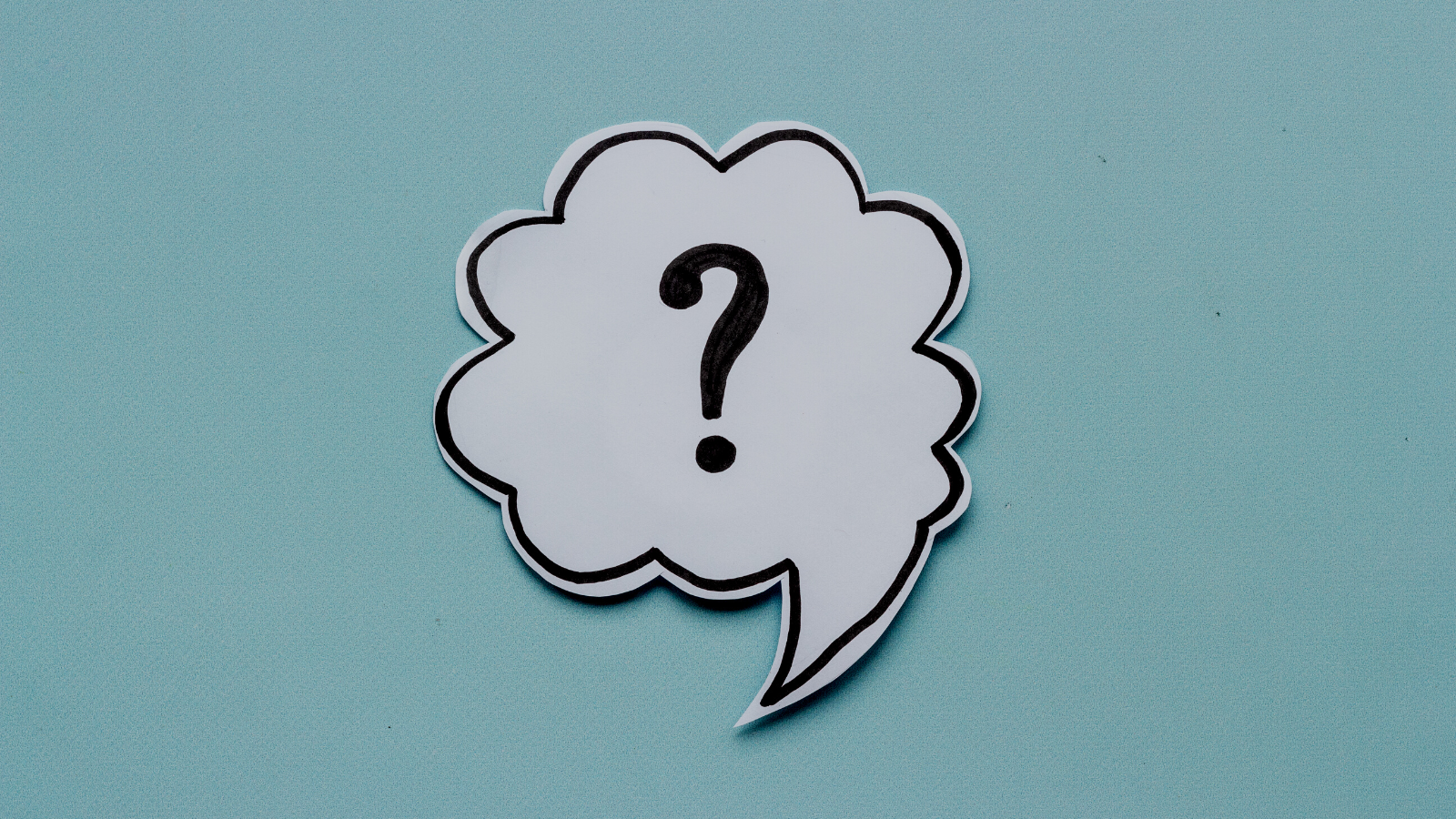How To Write Effective Blog Post Introductions
Have you ever asked yourself how you can make your blog post intros more interesting, more captivating, and more attention-grabbing? Are you looking for some tips or tricks there are to make blog introduction writing easier?
I have written more than a thousand blog articles for my clients in various industries, and today, I want to share with you some best practices for crafting an effective blog introduction.
By the end of this article, you will not only know what elements are traditionally included in a blog post intro but also learn a very effective (and simple) framework called the PEP intro that lends itself specifically well to They Ask, You Answer Big 5 articles but can be used for all kinds of other articles. Lastly, I will share some ideas for creating exciting introductions.
(BTW: I just used the PEP framework here, read more below.)
Why Writing An Effective Blog Post Introduction Matters
"A great headline mixed with a weak opening is like inviting someone into your house, only to slam the door in their face as they approach." Intros are just that important, according to Copyblogger's very own Brian Clark. And I have to agree.
A strong blog introduction will capture the reader's attention, make them more likely to read your entire post, and set the tone for the rest of it. If you do not grab their attention right away, they may not stick around to finish reading it.
But it goes far beyond that: the blog post introduction sets the expectations for the reader, helps establish credibility with your audience, and provides a sense of structure, so readers know what to expect from your post.
The PEP Blog Intro Framework
One way to start a blog post is the PEP framework. It stands for:
- Problem/Pain Point
- Experience
- Promise
Problem: Your reader is coming to your blog to research a problem they are facing or solve a specific pain point. So, to demonstrate that you understand and empathize with them, and therefore prove that your article is going to be worth their time, you address their problem. You can do this very effectively by asking questions like "Are you struggling with..." or empathetic statements.
Experience: Next up, you are telling your readers why you are qualified to help them with their problem by showcasing your experience. This isn't about ego or bragging; just state any relevant expertise and experience you or your company have. You can do this by saying: "Here at [company name], we have helped more than 100 companies overcome [challenge] by [solution]."
Promise: Finally, you wrap up your introduction by clearly stating what the reader will get out of reading this article. Be very specific in your promise of what you will cover and what they will learn from it.
This type of introduction is particularly effective with Big 5 articles.
Examples of PEP Blog Introductions
PEP is a great framework, but it needs to be used within the context of your article, your niche, and your brand. Below are a few great examples of how companies are using it to give you a better idea:
Dental Claim Support (Read the full article here.)

MiaRec (Read the full article here.)

Other Ways to Start Your Blog Introduction
1. Use A Relevant Quote
Quotes are a great way to start your blog introduction. Choose an appropriate quote that relates to the topic of your article and captures readers’ attention.
Look for quotes from industry experts or unexpected voices your readers would likely know to make a better impression on your audience. For example, Ogilvy's famous quote, “The consumer is not a moron; she is your wife” sets the tone for an article about marketing strategies aimed at women.
2. Interesting Statistics
Statistics help reinforce main statements and give credibility to what you are saying, as people tend to trust solid figures and numbers more than just words alone. Find relevant and exciting statistics related to the topic of discussion, so that readers can see you have done your research correctly and know what you are talking about.
For instance, if writing about holiday email marketing campaigns, share some data around how much online shopping increased during this period last year or average open rates for such emails compared with other types of emails, etcetera.
3. Storytelling
Storytelling is another great way to grab a reader's attention right away by setting up a scene before delving into the actual topic being discussed in the rest of the article.
Narrative style posts where the author narrates personal experiences related to a given subject often work best here since it provides unique insight and a relatability factor which resonates more deeply with readers compared to generic facts and figures type posts.
So consider adding story arc while introducing problem or issue at the beginning, followed by a resolution or solution part towards end while connecting various points logically along way.
4. Establishing Credibility
One powerful way to build trust with your readers is by showcasing your credentials upfront. This demonstrates that you have the knowledge and expertise to be a reliable source of information on the topic at hand.
You can achieve this by linking to previous articles you have published or highlighting any awards, certifications, or qualifications you have obtained. By establishing your credibility early on, readers will have confidence in your insights and be more likely to engage with your content.
5. Adding Humor
When used effectively, humor can be a valuable tool to kick off your blog post. It adds a lighthearted touch and helps break the monotony, making your content more enjoyable to read.
However, it's important to make sure that your jokes are tasteful and PG-rated to avoid unintentionally offending anyone. Incorporating humor into your introduction can increase the chances of readers sticking around until the end. So don't be afraid to tap into your creativity and infuse your intros with a touch of humor, as long as it aligns with the tone and purpose of your blog post.
In Summary
To write an effective blog post introduction, start by using the PEP framework to address your readers' problem, showcase your relevant expertise and experience, and clearly state what your readers will get out of reading the article.
Additionally, consider using quotes, statistics, storytelling, establishing credibility, and adding humor to create a captivating introduction. With these tips, you can create intros that will capture your readers' attention and make them more likely to stick around and finish reading your post.
Share this
You May Also Like
These Related Stories

How To Write A Big 5 Comparison Article That Builds Trust

The Big 5: The Best Blog Topic Categories To Drive Organic Traffic & Qualified Leads

.png?width=250&height=125&name=TrustBuilderLogoWhiteTranspBackgr(250x125%20px).png)



No Comments Yet
Let us know what you think